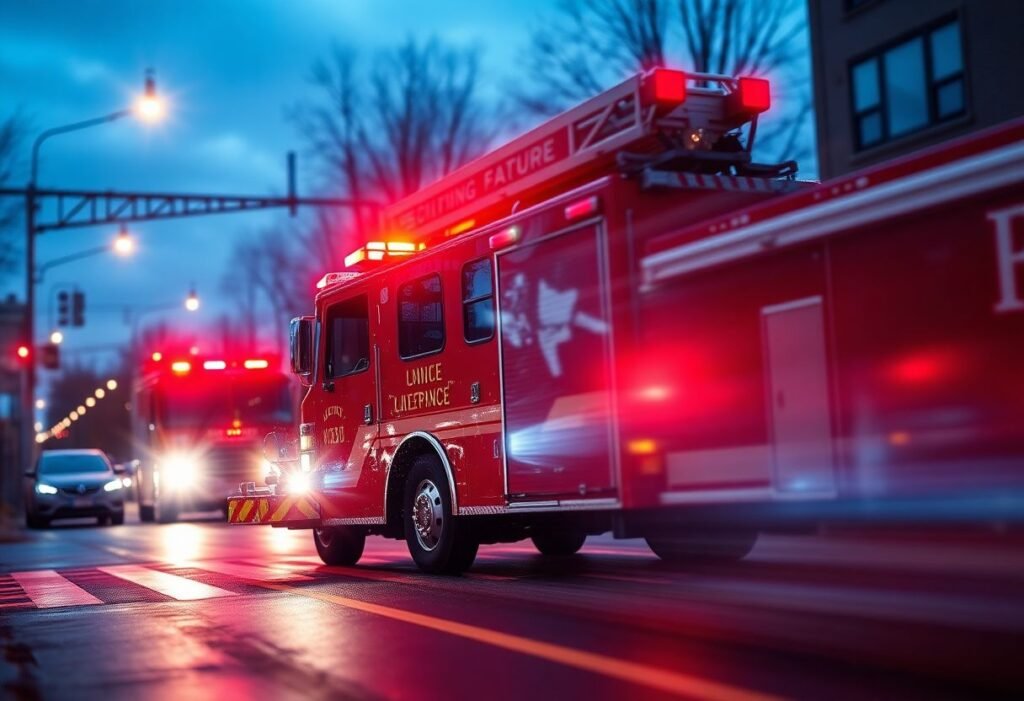The Internet of Things (IoT) is revolutionizing various sectors, and its impact on emergency response is profound. By integrating smart devices, coordination during crises is reshaped, marking a significant innovation.
Enhancing Communication in Emergencies with IoT
Effective communication is crucial during emergencies. IoT devices facilitate real-time information sharing among responders and affected individuals. Utilizing technologies like wearables and smart sensors, organizations can gather data about situations on the ground, allowing for faster decision-making. For instance, smart emergency alert systems notify individuals about disasters, helping them take decisive action quickly. Sensors installed in environments send alerts before a crisis escalates, ensuring that authorities have immediate access to relevant data.
Real-Time Monitoring of Emergency Situations
Real-time monitoring plays a pivotal role in improving emergency response. IoT technology enables continuous surveillance of critical infrastructures such as bridges and dams. When sensors detect anomalies that could indicate structural failure, emergency services are alerted immediately, allowing for timely evacuations or repairs. This proactive approach not only saves lives but also minimizes potential damages and economic losses. Additionally, GPS-enabled devices offer precise information on incidents’ locations, streamlining rescue operations.
Data Analysis Leading to Smarter Decisions
The vast array of data collected through IoT applications is invaluable for emergency management. By analyzing historical and real-time data, organizations can identify patterns and predict future emergencies. This data-driven approach enhances preparedness strategies and response plans. Furthermore, using machine learning algorithms, responders can model scenarios and optimize resource allocation. By equipping teams with insightful data insights, decision-makers can make informed moves that significantly impact the effectiveness of their response efforts.
Integration with Drones for Enhanced Response
The integration of drones with IoT systems marks a groundbreaking advancement in emergency response. Drones equipped with cameras and sensors can survey areas affected by disasters, providing real-time images and data to responders. This capability proves vital in scenarios like search and rescue operations, allowing responders to assess environments safely and efficiently without endangering lives. The synergy between drones and IoT significantly enhances situational awareness and decision-making speed.
Improved Resource Allocation through Smart Systems
IoT technology contributes to improved resource allocation during emergencies. With the ability to track resources and personnel in real time, organizations can efficiently deploy help where it is needed most. This technology streamlines logistics, reducing response times and ensuring that critical resources are allocated effectively. For example, real-time tracking of ambulances allows coordinated efforts in delivering emergency services, thereby maximizing efficiency and potentially saving lives.
Future Trends of IoT in Emergency Response
The future of IoT in emergency response holds even more promising innovations. Advancements in artificial intelligence will likely lead to smarter predictive analytics that can foresee potential emergencies based on environmental data. Moreover, advancements in connectivity, like 5G, will enhance IoT capabilities, allowing for faster data transfers and more responsive systems. As such technologies evolve, emergency response organizations must adopt these innovations to maintain high standards of safety and effectiveness.
Disclaimer: This article is intended for informational purposes only and does not constitute professional advice.





















